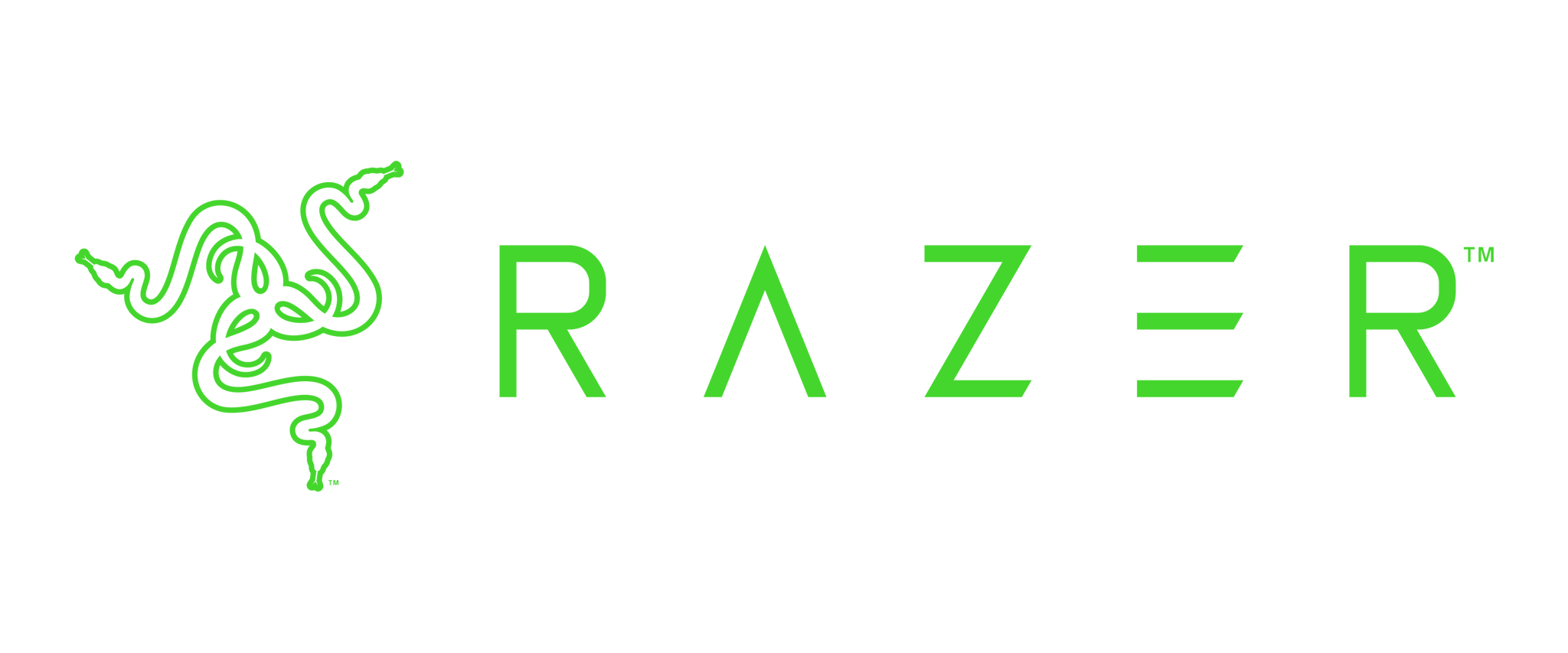Off to the races this weekend, but want to ensure you’re well-prepped? Rev up your knowledge on all things F1 with our quick and dirty guide that’ll give you all you need to appreciate the fast cars, talented drivers, and their teams a whole lot more.
Watching a new sport can be tough, especially when it comes with such a storied history, and of course, with a million and one technical terms to be aware of. But with all things, it just takes a little bit of patience, a whole lot of binge-watching, and a touch of guidance to become a full-fledged fan. To help you out, we’ve put together a little something that’ll offer just enough to get you acquainted with the world of Formula 1 — enough to know what’s about to go down this weekend at the Singapore Grand Prix! Read on for our Formula 1 For Dummies guide on everything to do with this weekend’s adrenaline-filled race!
💜 Stay Up To Date:
– How YouTrip Keeps Your Data Safe
– The F1 Silver Screen: Films To Watch This F1 Season
– Japan’s Reopened For Travel: Hot Spots To Visit
Formula Whuuut?
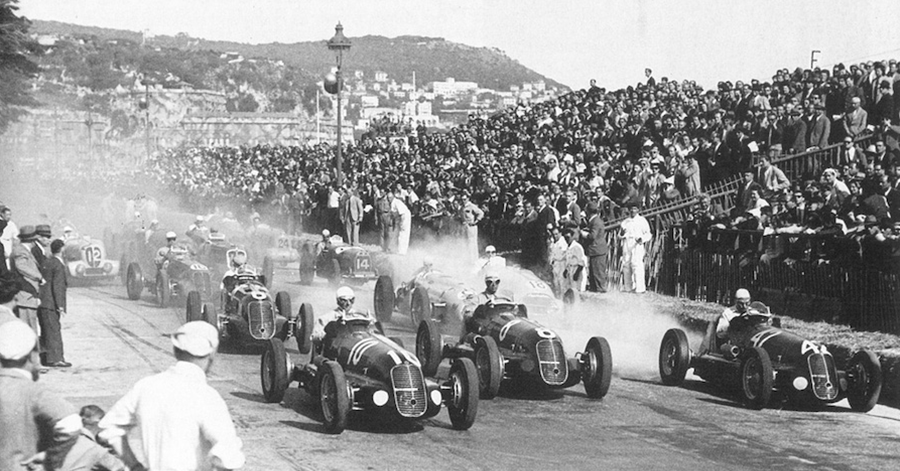
Image credits: Montreal Grand Prix
Formula One, or F1 as we know it, is the highest level of professional single-seat motor racing sport in the world. While the first-ever F1 race was the 1946 Turin Grand Prix, the modern era of F1 racing only began in 1950. However, the spirit of Grand Prix racing actually dates back all the way to the 1890s. Imagine this: huge, bulky, upright cars racing along public roads at about 30km/h — a far cry from today’s average of 257km/h in turbocharged hybrid power units sporting sleek, aerodynamic set-ups.
Today, there are about 21 F1 races per season with three kinds of circuits — street circuits like Monaco and Singapore, hybrid circuits in Australia, and purpose-built circuits in Bahrain.
Formula 1 For Dummies: Click here to learn more about the F1 circuits in 2022
Qualifications

Image credits: Eurosport
Of course, the road to driving in the F1 is paved with plenty of twists and turns; it is, after all, reserved for the creme de la creme in the motorsport world.
For a driver to even have a chance at the F1, they would have to fulfil set criteria that’ll earn them a Super Licence. This includes having to compete across various championships and raking up points across said competitions.
And so, through events called feeder formulas, drivers can work on their skills and chalk up their experience points to join the best of the best. The more notable events include Formula Three, which is pretty much the rite of passage for most amateur drivers looking to go pro, and Formula Two, which is essentially where the up-and-coming drivers show their skills. Drivers who make a name at the F2 level are pretty much on the road to racing in the F1.
Apart from locking in the fastest timings, drivers and constructors also pay close attention to accumulating points. However, these are only awarded to the first ten finishers of each race. Why is this so important? Well, that’s because drivers and constructors are in it for the long haul; the World Championship title goes to those who score the highest number of points during the season — which also means more moolah for them.
💡 Fun fact: if you ever bemoaned the lack of gender diversity in F1 races, you may be pleased to hear that there’s a new W series designed to address this issue. Introduced in October 2018, the W series is a free-to-enter single-seater motor racing competition for women drivers. Unlike the other competitions, drivers in the W series will all drive the same car make, focusing purely on talent.
Formula 1 For Dummies: Click here to learn more about F1’s qualifying rules
Teams and Drivers
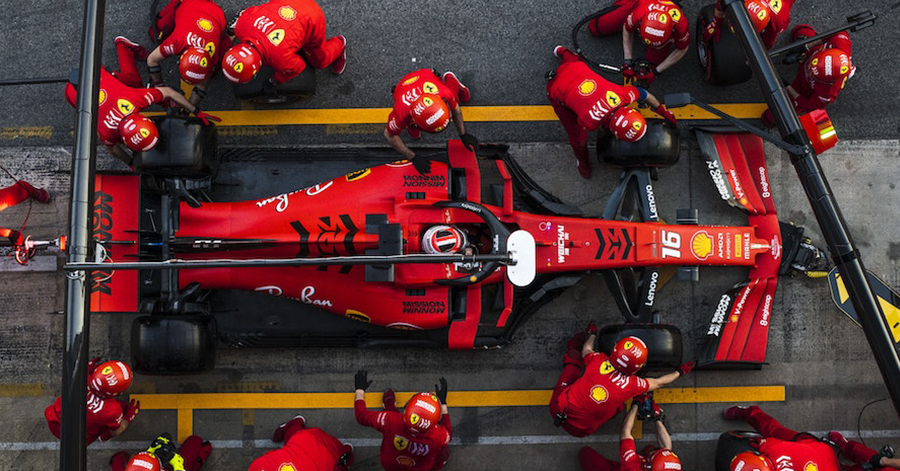
Image credits: Unsplash
What’s unique about Formula One is that your teammate can also be your biggest competition and that one’s success is not only based on talent but a combination of strategy, technology, teamwork, and willpower.
At every F1 race, there will be ten teams, with two drivers representing each team. Here are the teams that have qualified for the season, alongside the drivers that will be making their appearance in Singapore:
🏎️ Mercedes — Lewis Hamilton & George Russell
🏎️ Red Bull — Max Verstappen & Sergio Perez
🏎️ Ferrari — Charles Leclerc & Carlos Sainz
🏎️ McLaren — Daniel Ricciardo & Lando Norris
🏎️ Alpine — Fernando Alonso & Esteban Ocon
🏎️ AlphaTauri — Pierre Gasly & Yuki Tsunoda
🏎️ Aston Martin — Sebastian Vettel & Lance Stroll
🏎️ Williams — Alexander Albon & Nicholas Latifi
🏎️ Alfa Romeo — Valtteri Bottas & Zhou Guanyu
🏎️ Haas — Mick Schumacher & Kevin Magnussen
Formula 1 For Dummies: Click here to learn more about this year’s F1 teams
Basic Terminologies
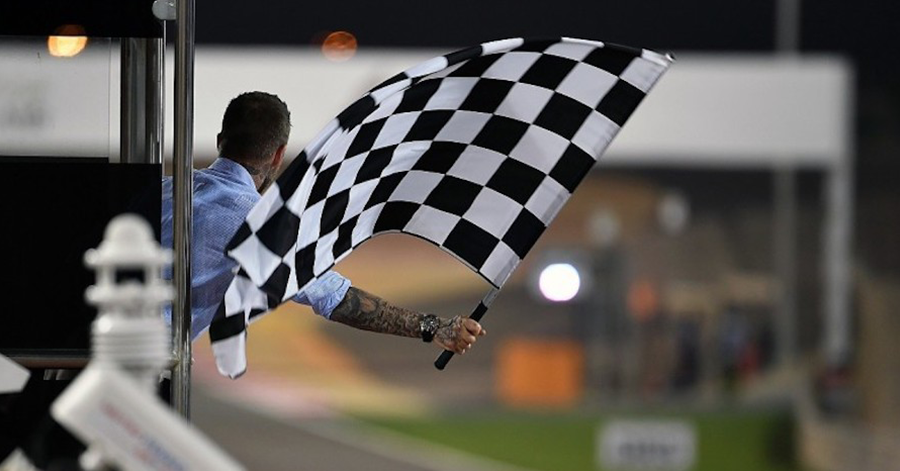
Image credits: Autosport
Now that you’ve gotten up to speed with the history and teams, we’ll move on to the need-to-know terminologies. We’ll start off with the most iconic of them all: the flags 🏁
🟨 Yellow flag — signals to slow down and proceed with caution
🟦 Blue flag — signals when a car is about to lap (a.k.a overtake) another car
🟥 Red flag — signals a stoppage because of imminent danger
🟩 Green flag — signals go-ahead and indicates the formation lap
⬛ Black flag — signals that a driver has been disqualified due to reckless behaviour
🏁 Chequered flag — signals the end of a session
Next, we move on to the commonly-used jargon (don’t worry we won’t go into technicalities here!):
1. Grid: the formation of each driver’s starting position at the beginning of the race. Where a driver starts on the grid is crucial and can determine whether they stand a chance to win or not.
2. Formation lap: Also known as the warm-up or parade lap, this lap happens before the start of a race.
3. Pole position: The first place on the starting grid is awarded to the driver who recorded the fastest lap time during the qualifying round.
4. In lap: The lap that the driver performs when they are headed towards the pit for a pitstop. During a race, this lap can be pretty powerful as drivers can really push their car to the limits since they’re changing their tyres, making up for the time they’ll lose while pitting.
5. SC or VSC: These stand for Security Car and Virtual Security Car respectively. These are used to ensure that the tracks are clear of any obstructions such as debris or crashed cars.
6. Parc Fermé: A French term that literally translates to ‘closed park’. This refers to when a car is returned and parked in a secure area.
Formula 1 For Dummies: Click here for an F1 Glossary of all things Formula 1
So, What’s Going To Happen This Weekend?
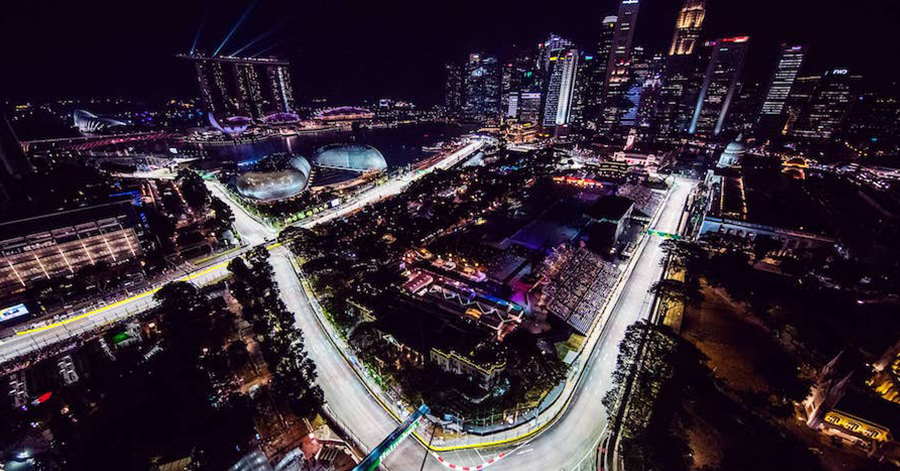
Image credits: F1
We’re glad you asked! As you should’ve noticed by now, F1 Grand Prix typically takes place over the weekend — and the flow of events remains consistent no matter which instalment of the series.
Traditionally, teams would be out and about on Thursday morning for media conferences. However, to help give the teams more wiggle room between races, they have shifted all media conferences to Friday. Now, Thursdays are when teams conduct their track walks and for the FIA, or Fédération International de l’Automobile to carry out any necessary checks at the venue.
Then, the excitement starts creeping in. On Friday and Saturday, teams will conduct three 1-hour practice sessions, and these are known as FP1, 2, and 3. During this time, they test and perfect their car’s setup, draw data on how the driver is performing, get a feel for the track, and of course, familiarise themselves with the circuit. While the lap times during these practice sessions don’t necessarily mean anything, F1 enthusiasts still look forward to these sessions as they offer so much insight into the sport as a whole.
Saturday evening is when the qualifying round begins. This hour-long session will see three short but crucial sessions — Q1, Q2, and Q3 — where individuals compete for the pole position, where a driver starts the race at the front of the grid. Apart from the actual race on Sunday, the qualifying race is probably equally as exciting, as it is essentially a race to avoid the elimination zone. It’s during this hour that you’ll see rankings change rapidly as drivers try to outrank one another in whatever time they have.
Finally, Sunday is where the magic happens. Nearly two hours of literal non-stop action that’ll keep you at the edge of your seats. In the Singapore Grand Prix, that’s 61 laps of adrenaline!
Formula 1 For Dummies: Click here to purchase Singapore F1 GP Tickets
Lights Out And Away We Go!

Image credits: Bloomberg
An exhilarating weekend of races and entertainment is just around the corner, and we can’t wait to get in on all the action.
Whether you choose to catch the races in person or in the comforts of home, you can now look forward to the weekend knowing that you’re pretty much up to speed with the basics of the sport. Don’t forget to use your YouTrip card for race day snacks and merchandise, because you’ll get to enjoy those sweet wholesale exchange rates while skipping on pesky bank fees.
Sign up now and be sure to check out our YouTrip Perks page for exclusive offers and promotions too! For more great tips and articles like this, join our Telegram(@YouTripSG) and subscribe to our free weekly newsletter here or down below!
And while you’re at it, why not join the conversation with thousands of #YouTroopers in our very own Community Telegram Group @YouTripSquad? Get tips and tricks to everything YouTrip including exclusive invites to exciting events and experiences, & be part of the #YouTripSquad! 💜
Related Articles
The F1 Runway: Lewis Hamilton’s Most Iconic Race Day Looks
Formula 1 Legends To Pay Tribute To
Most Memorable Moments In F1 History

















































